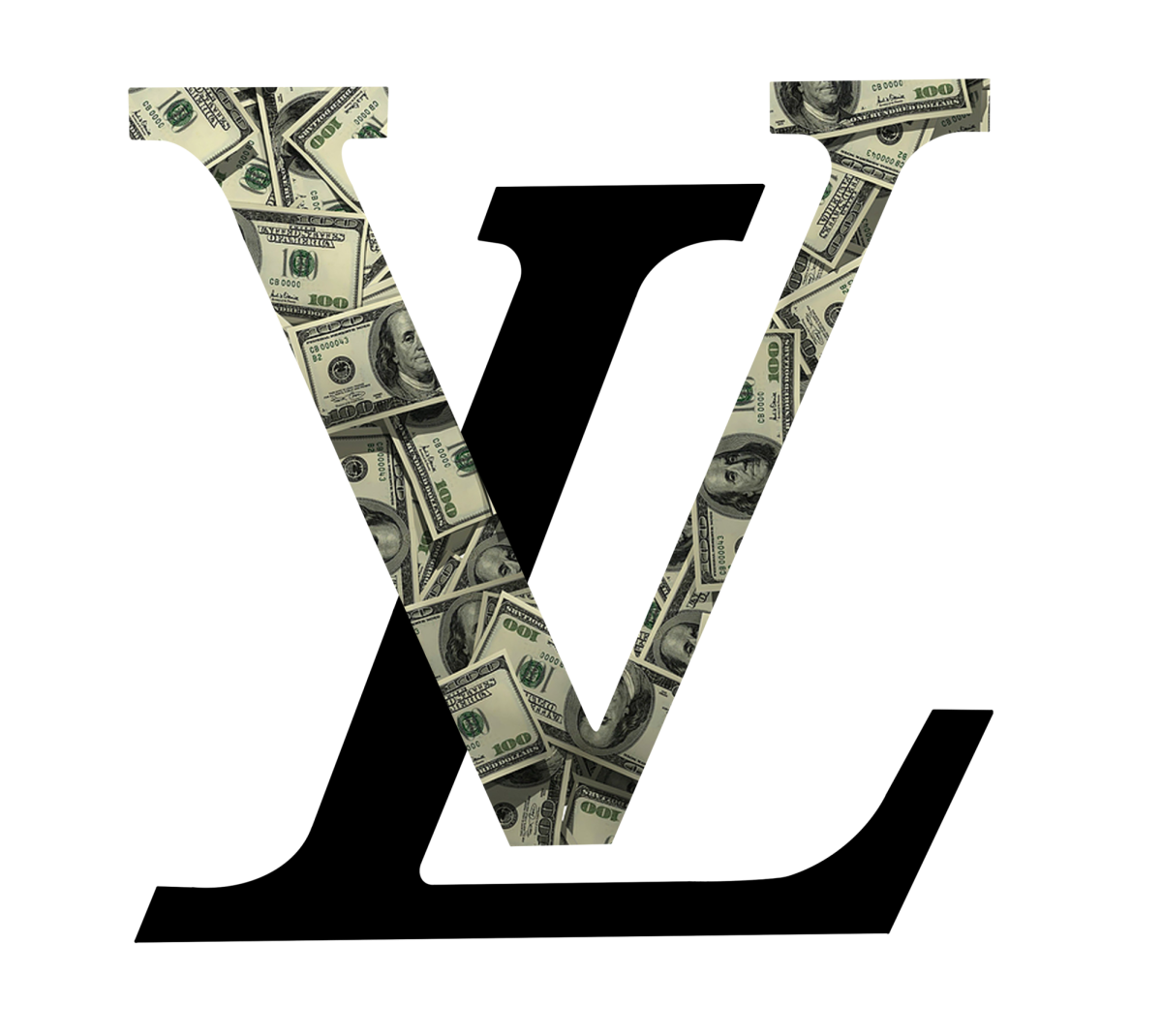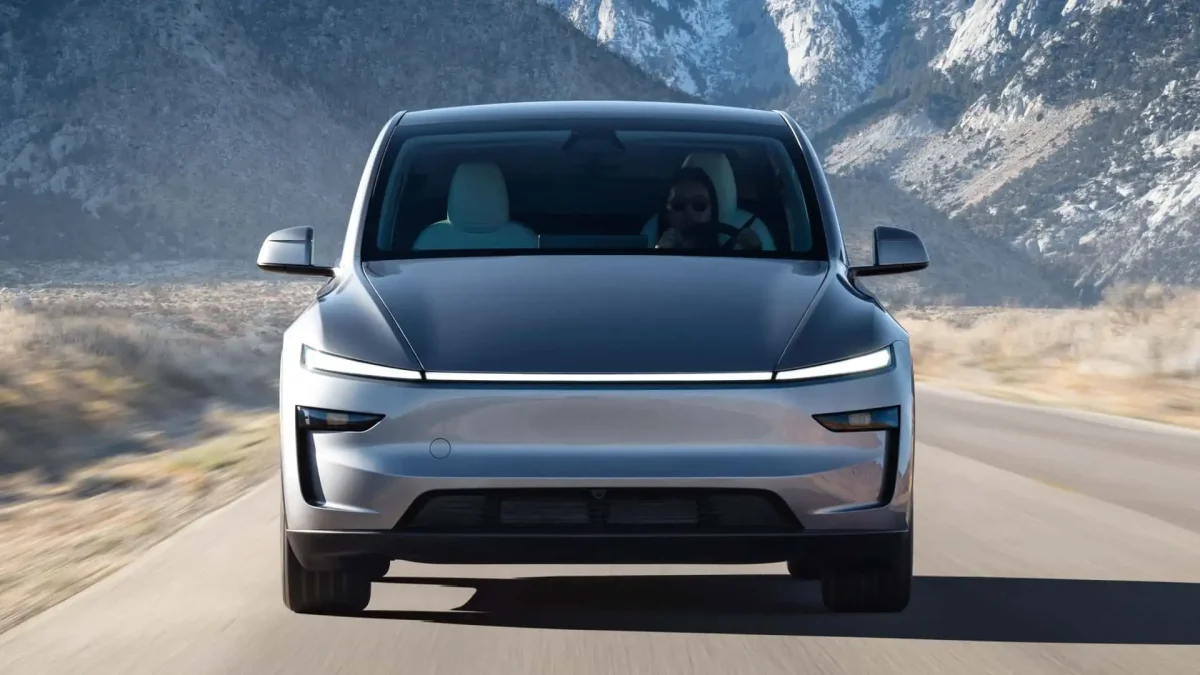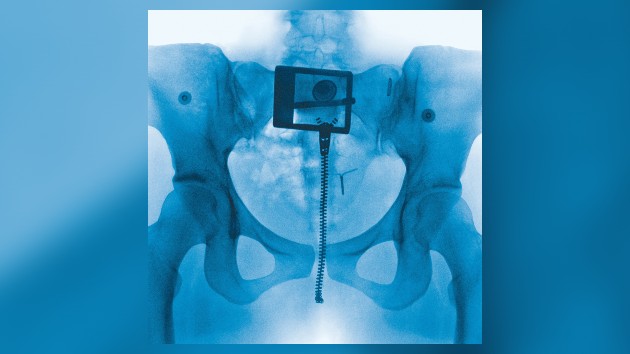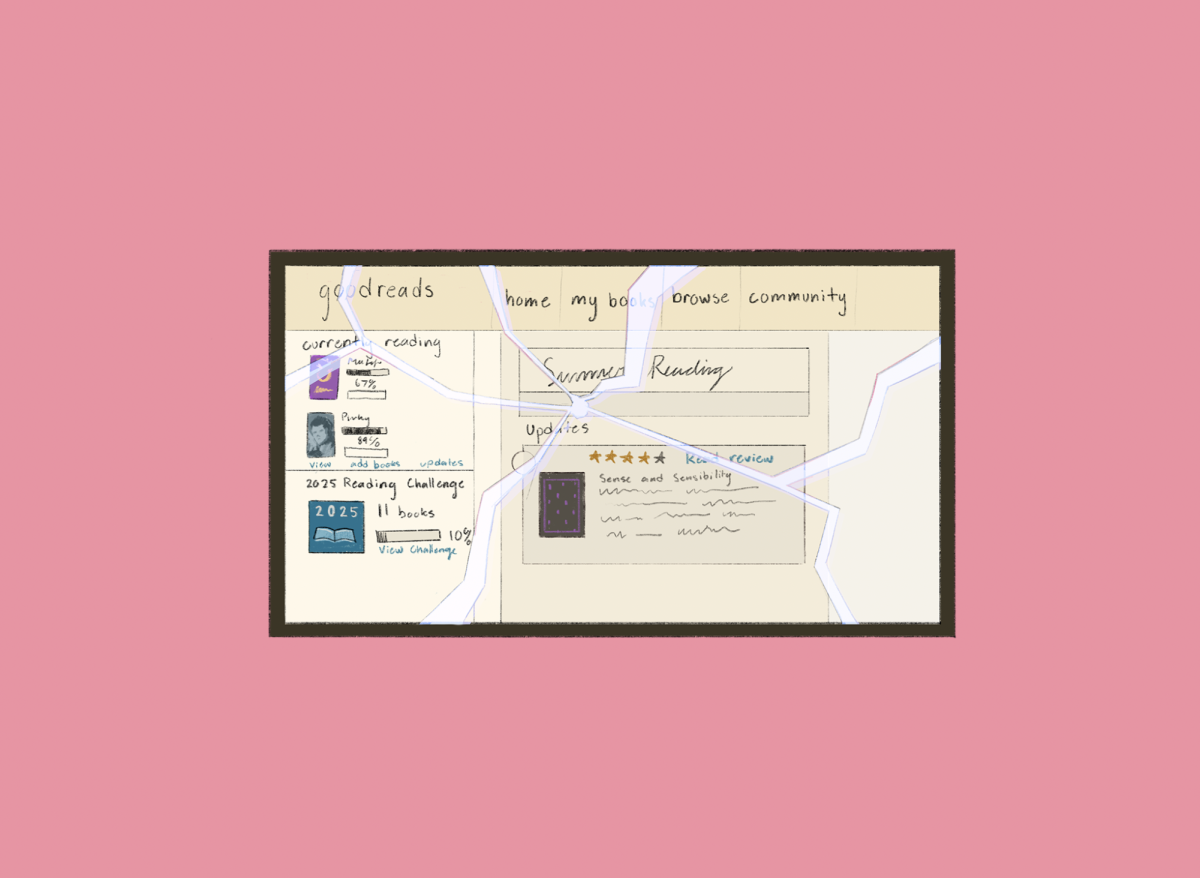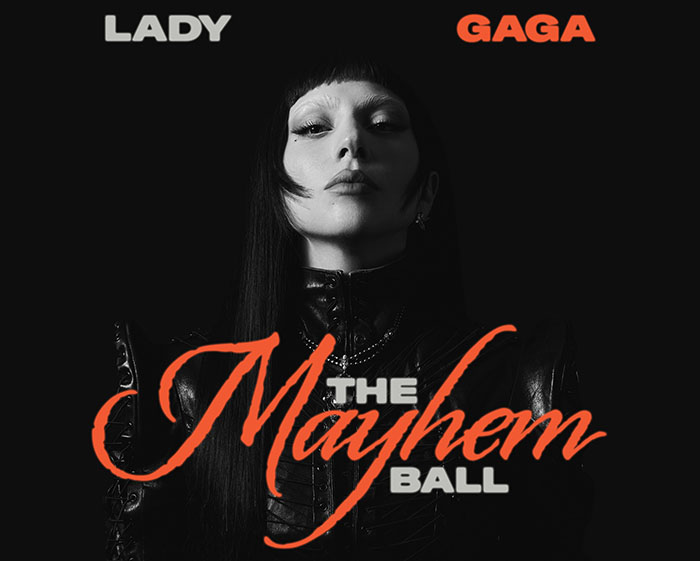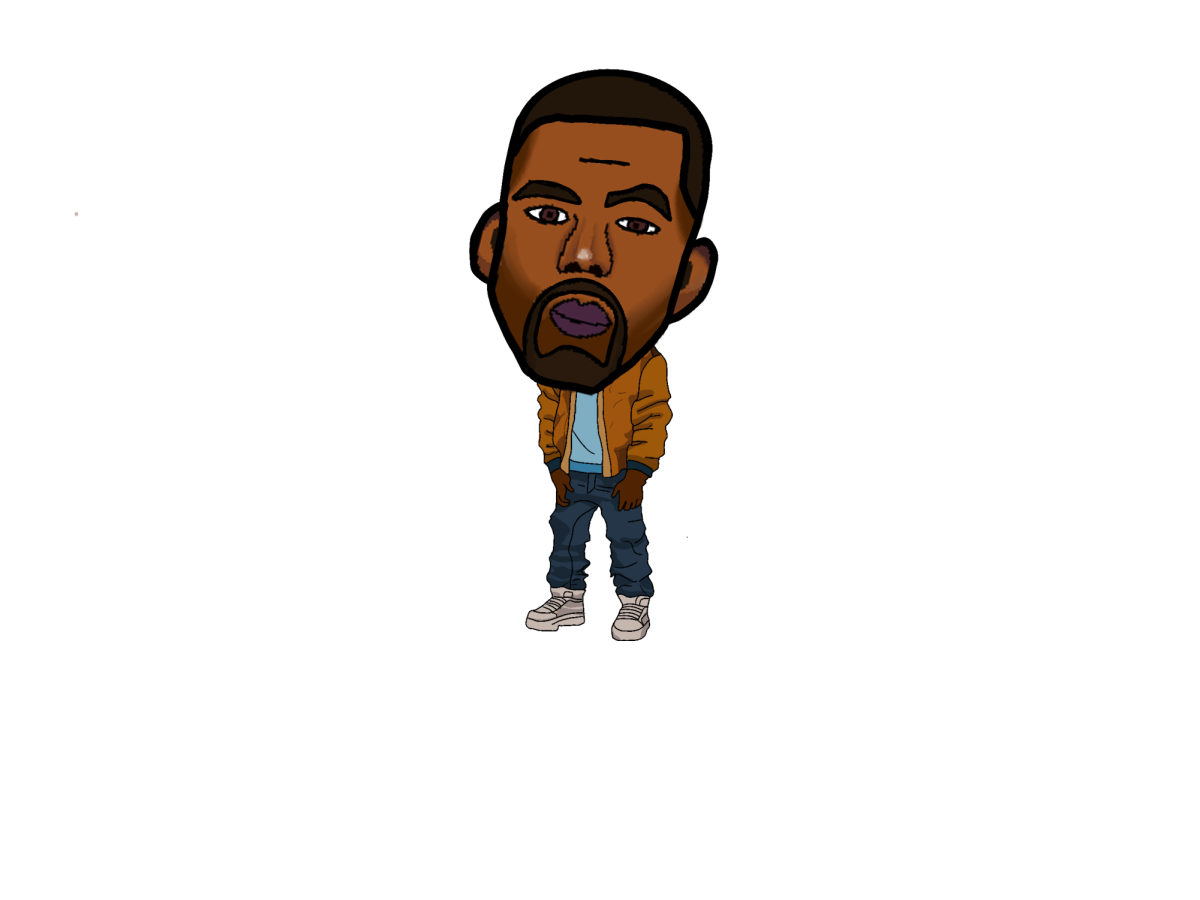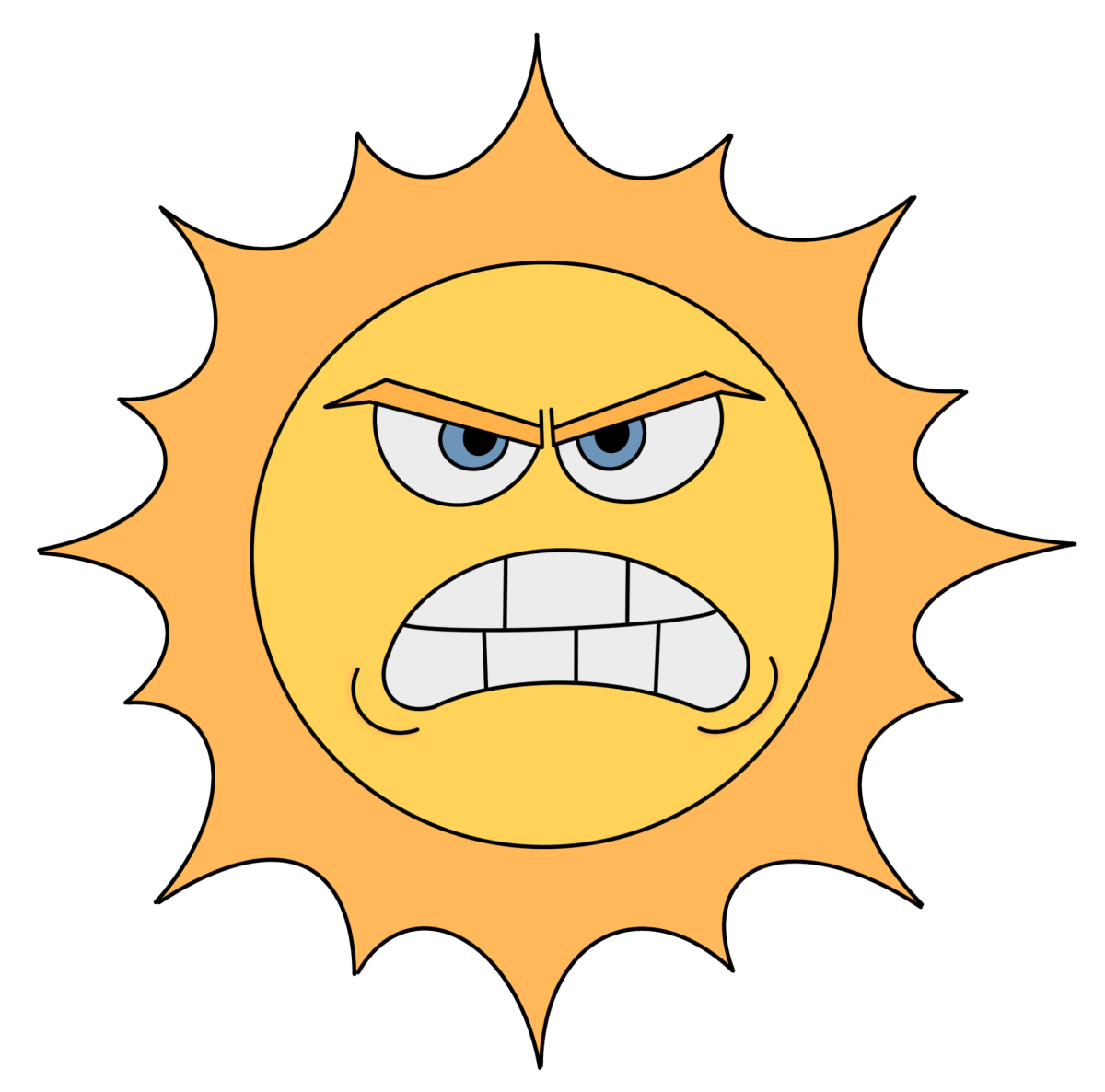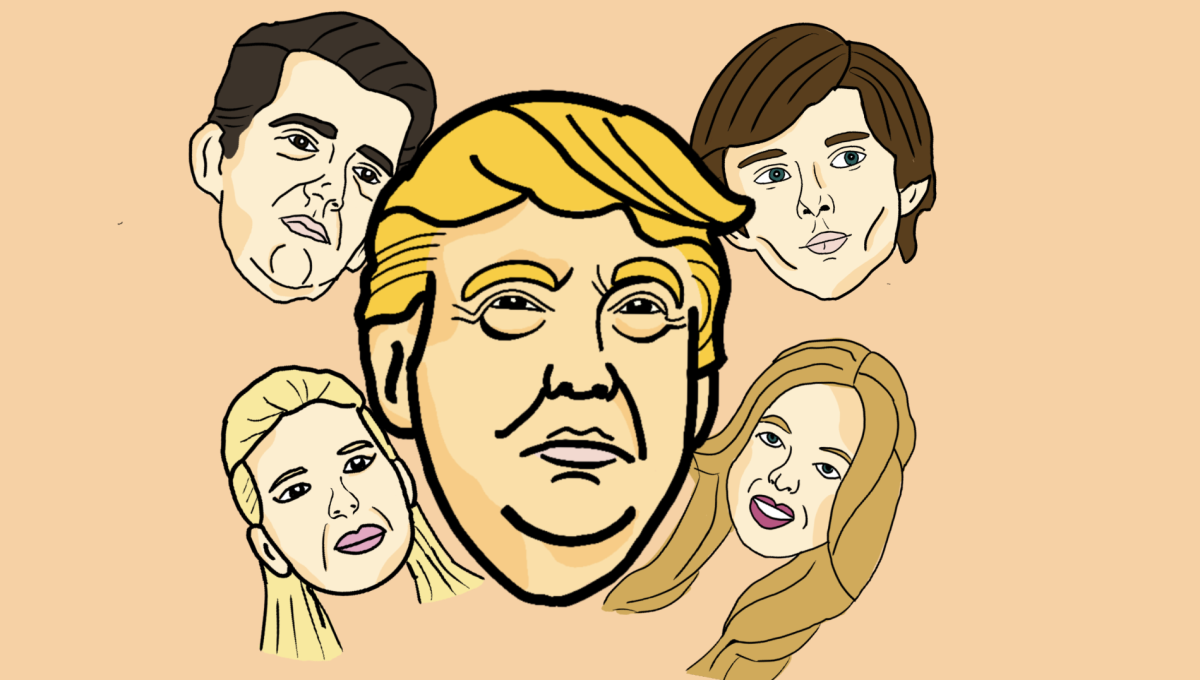In a year already marked by turbulence, Trump’s tariffs are finally here and the luxury market now faces a new battle.
The Trump administration’s latest push to reconfigure global trade through aggressive tariff policies threatens to derail a sector that has barely regained its footing. From haute couture to Tesla Cybertrucks, the luxury goods industry, once kept alive by globalization and aspiration consumerism, now finds itself exposed to economic nationalism and an air of unpredictability.
The luxury automobile market, which shrank 5% in 2024 to $641 billion, is bracing for even rockier terrain. Personal luxury goods like handbags, jewelry and couture fashion fell 2% to $402 billion, according to Bain & Company, and may decline further if proposed tariffs are enacted. American consumers, once the financial lifeblood of these brands, may start to withhold their spending — not due to lack of means, but due to a shift in mood.
The U.S. is the second-largest market for personal luxury goods, just behind Europe. American consumers, especially high-net-worth individuals and aspirational buyers, have long been the tastemakers driving global trends. Yet that influence is now threatened by an economic psychology souring under the weight of trade tensions. The psychological climate of the American consumer is shifting, increasingly clouded by uncertainty and anxiety. Ongoing trade tensions, rising inflation and fears of economic instability are beginning to weigh heavily on purchasing behavior. This evolving economic mood threatens not only immediate sales figures but also the cultural sway American consumers have long held within the global luxury marketplace.
Luxury goods, after all, are not mere commodities. They represent identity and social signaling. When the economy feels unstable, flaunting a $10,000 handbag can feel tone-deaf. Luxury loses its sheen not because it is unaffordable but because it is ill-timed. For brands like Hermès and LVMH, while their ultra-wealthy clientele might not blink at price hikes, the aspirational middle class has already begun retreating. These consumers will not simply trade down, they will opt out.
The damage does not end at the storefront. Tariffs will echo across the entire supply chain, from raw material sourcing to manufacturing delays. Automobiles from around the world are especially exposed, relying on American buyers more than ever. If prices rise further, even their most loyal customers may waver. Despite Trump’s promise that tariffs will bring manufacturing back home, most companies are not biting. A CNBC survey found that even if production returns, 81% of companies plan to invest in automation rather than human labor. The promise to revitalize American factories looks more like a mirage.
Luxury thrives on desire, but it dies in hesitation, and in the year 2025, hesitation is everywhere. Tariffs may be intended as a blunt-force instrument of economic strategy, but they are having a surgical effect on consumer psychology. Every headline about trade wars, recessions and price hikes chips away at the delicate relationship between brand and buyer. At a time where luxury brands need to rebuild trust and connection, the added weight of tariffs are too much to bear. Until political and economic clarity return, luxury brands may find that their most valuable asset is not heritage or exclusivity, but resilience.


